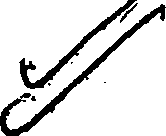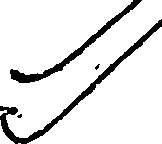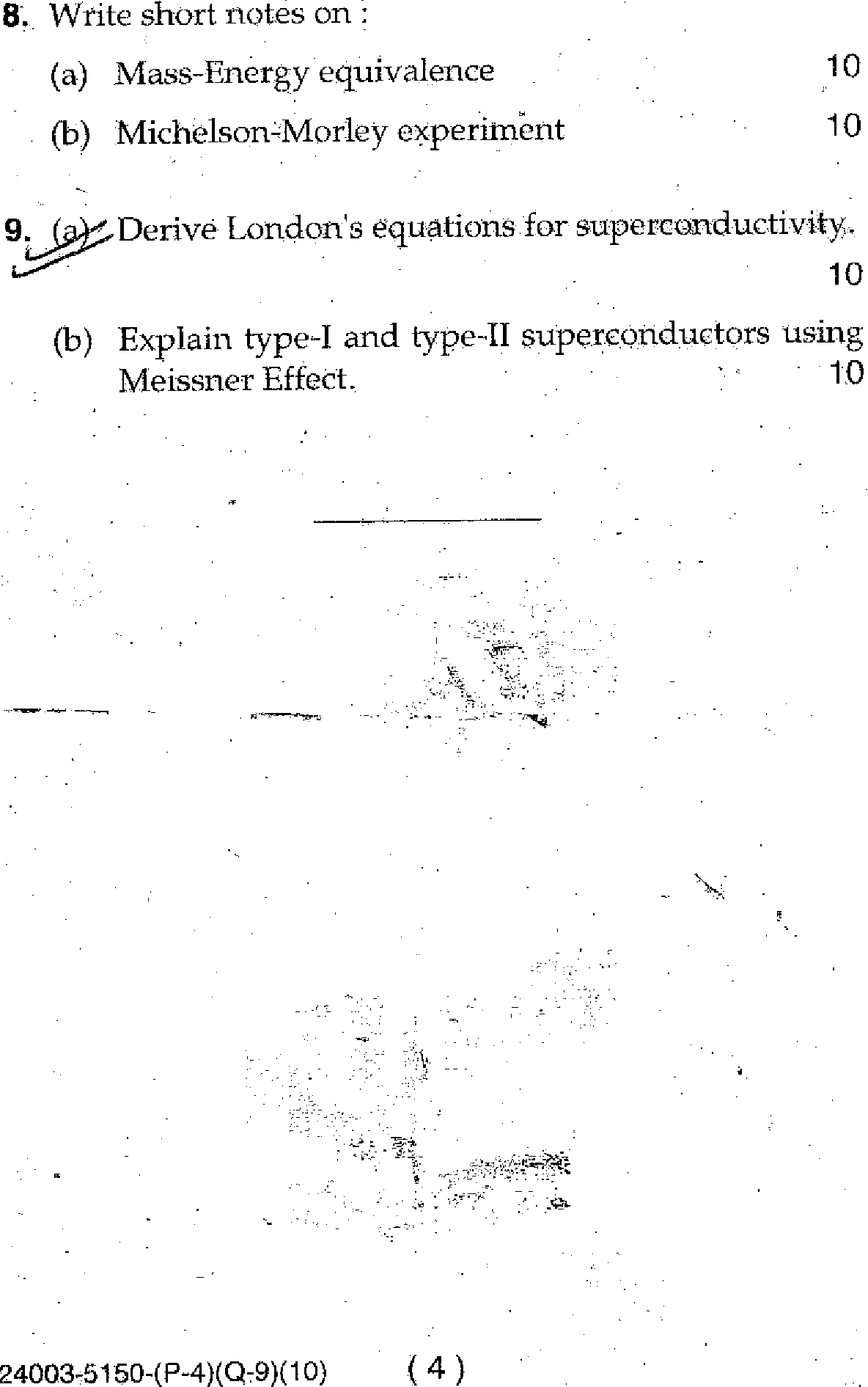Maharashi Dayanand University (MDU) 2010 B.Tech Electronics and Communications Engineering Physics - exam paper
Note: Attempt 5 ques. in all. ques. No. one is compulsory and choose 1 ques. from every Unit. All ques. carry equal marks.
1.)(a) What do you mean by modal dispersion?
(b) Discuss differences ranging from Fraunhofer and Fresnel diffraction.
(c) What is meant by specific rotation?
(d) What are the inverse Lorentz transformation equations?
(e) If the kinetic energy of a body is twice its rest mass energy, obtain its velocity.
(f) What do you mean by population inversion?
(g) Explain Fresnel's Biprism.
(h) For a dielectric the value of dielectric constant is 1.329, compute its electric
susceptibility (Xe).
(i) Calculate the minimum thickness of a quarter wave plate of calcite for wavelength=5460 A^0 ,
the bifringence of the plate (µe - µo) being 0.172.
(j) Why sound wave is easily diffracted bµt light will not diffract in daily life?
[Marks two X 10 = 20]
2.)(a) discuss the formation of interference fringes in a Michelson interferometer. explain its
important applications.
(b) A thin plate is introduced in the path of 1 of the beams of light in Michelson
interferometer and it is obtained that 50 bands have crossed the line of observation. If
wavelength is 5896 A^0, and µ=1.4, determine the thickness of the plate.[Marks 5]
3.)(a) discuss the formation of diffraction through a single slit.[Marks 15]
(b) compute the angular width of the central maxima in the Fraunhofer diffraction trend of a
slit of width 12 X 10^-7 m, when the slit is illuminated by a monochromatic light of
wavelength 6000 A^0[Marks 5]
4.)(a) define a Nicol's prism, showing clearly how it is constructed and what is its action.
[Marks 15]
(b) How we can produce plane polarized light from circular polarized or elliptically polarized
light? discuss.[Marks 5]
5.)(a) define the principle, construction and working of He-Ne laser.[Marks 12]
(b) discuss the characteristics of laser light.[Marks 8]
6.)(a) What is numerical aperture and acceptance angle? explain in detail the different modes in fiber
optic.[marks 15]
(b) A light ray enters from air to fiber. obtain the critical angle, acceptance angle and numerical
aperture. Given, refractive index of air, core and cladding are 1, 1.5 and 1.45 respectively.
[Marks 5]
7.)(a) State and prove Gauss legal regulations in dielectrics.[Marks 10]
(b) Show that (VECTOR D)= €(VECTOR E) + (VECTOR P), where the symbols have their usual meaning.
[Mark 10]
8.) Write short notes on:
(a) Mass-Energy equivalence[Mark 10]
(b) Michelson-Morley experiment[Mark 10]
9.)(a) Derive London's equations for superconductivity.[Mark 10]
(b) discuss type-I and type-II superconductors using Meissner Effect.[mark 10]
24003
B. Tech. 1st Semester F Scheme" Examination - December, 2010
PHYSICS-1
Paper: Phy-101-F
Time : Three hours ] [ Maximum Marks : 100
Before answering the questims, candidates shoidd ensure that they have been supplied the correct and complete question paper. No complaint in this regard, will be entertained after examination.
Note: Attempt five questions in all. Question No. 1 is compulsory and select one question from each Unit. All questions carry equal marks.
1. (c What do you mean by modal dispersion ?
(bj/'Discuss differences between Fraunhofer and Fresnel diffraction.
(c) What is meant by specific rotation ?
(d What are inverse Lorentz transformation equations ?
(e/f! the kinetic energy of a body is twice its rest mass'energy, find its velocity.
($/*What do you mean by population inversion ?
Fresnel's Biprism.
(fcO For a dielectric the value of dielectric constant is ' 1.329, calculate its electric susceptibility (%e).
(i) Calculate the minimum thickness of a quarter wave plate of calcite for X = 5460A, the
bifringence of the plate (jae (a0) being 0.172.
(0/why sound wave is easily diffracted but light will not diffract in daily life ? 2 x 10 = 20
UNIT-I
2. (a) Explain the formation of interference fringes in a
Michelson interferometer. Discuss its important applications. 15
(b)' A thin plate is introduced in the path of one of the
_________beams of light in Michelson interferometer and it
is found that 50 bands have crossed the line of observation. If wavelength of light is 5896 A and fj, = 1.4 / determinethe thickness of the plate. 5
3. (aVxxplain the phenomenon of diffraction through a
single slit. 15
(bV, Calculate the angular width of the central maxima / in the Fraunhofer diffraction pattern of a slit of width 12xl07m/ when the slit is illuminated by
a monochromatic light of wave length 6000A . 5
4. (a) jpescribe a Nicol's prisms, showing clearly how it
is constructed and what is its action. 15
(b) How we can produce plane polarized light from / circular polarized or elliptically polarized light ? Explain. 5
5. (a) Describe the principle, construction and working
of He - JNe laser. 12
(b) Explain the characteristics of laser light. 8
UNIT-III
6. (a) What is numerical aperture and acceptance angle ? Discuss in detail the various modes in fiberoptic. 15

(b) yp'iight ray enters from air to fiber. Find the critical angle, acceptance angle and numerical aperture, tpiven, refractive index of air, core and cladding are 1,1.5 and 1.45 respectively, 5

7. (a) State and prove Gauss law in dielectrics. 10
-->
(b) Show that D =e0 E+'Pwhere the symbols have their usual meaning. 10

|
Attachment: |
| Earning: Approval pending. |
